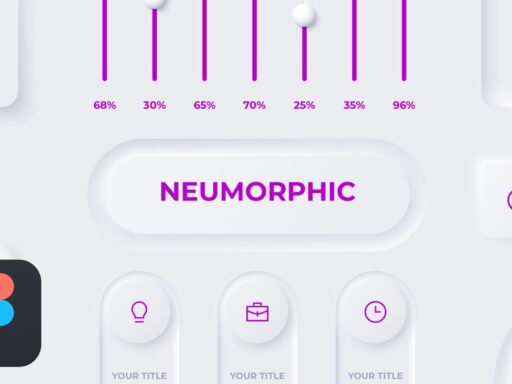In the bustling realm of e-commerce, where competition is fierce and attention spans are fleeting, the significance of design cannot be overstated. Design isn’t merely about aesthetics; it’s a strategic tool that shapes user experiences, influences purchasing decisions, and ultimately drives conversions. In this digital landscape, where customers are inundated with choices, businesses must prioritize thoughtful design to stand out and thrive. Let’s delve into the profound impact of design on e-commerce and explore how it can be leveraged to create compelling user experiences.
First impressions matter, especially in e-commerce. A well-designed website instantly captivates visitors and sets the stage for positive interaction. From the layout to the color scheme, every element contributes to shaping perceptions and building trust. Studies have shown that users form opinions about a website within milliseconds of viewing it, highlighting the critical role of design in making a lasting impression.
User experience (UX) lies at the heart of successful e-commerce ventures. A seamless, intuitive interface enhances navigation, reduces friction, and fosters engagement. Design elements such as clear calls-to-action, simplified checkout processes, and responsive layouts play a pivotal role in guiding users through the sales funnel. By prioritizing user-centric design principles, businesses can cultivate loyalty and encourage repeat purchases.
Visual appeal is another potent tool in the e-commerce arsenal. High-quality imagery, compelling product displays, and immersive multimedia experiences can captivate audiences and drive conversions. In a virtual shopping environment, where customers cannot touch or feel products, visual design serves as a surrogate for the physical shopping experience. By showcasing products in their best light and creating an aspirational ambiance, businesses can evoke desire and compel action.
Personalization has emerged as a cornerstone of modern e-commerce design. By leveraging data analytics and artificial intelligence, businesses can tailor user experiences to individual preferences and behaviors. From personalized product recommendations to dynamic pricing strategies, customization fosters a sense of relevance and connection, driving engagement and boosting sales. Designing interfaces that adapt and evolve based on user interactions can create a sense of exclusivity and enhance brand affinity.
Mobile optimization is no longer a luxury but a necessity in the e-commerce landscape. With the proliferation of smartphones and tablets, consumers increasingly rely on mobile devices for browsing and shopping. Responsive design ensures that websites adapt seamlessly to various screen sizes and devices, delivering a consistent experience across platforms. Failure to prioritize mobile optimization can result in lost opportunities and alienated customers.
Accessibility is another crucial aspect of e-commerce design that is often overlooked. Designing inclusive interfaces that accommodate users with disabilities ensures that no one is left behind. Simple modifications such as providing alternative text for images, using semantic HTML, and implementing keyboard navigation can make websites more accessible to individuals with visual, auditory, or motor impairments. By embracing accessibility standards, businesses can broaden their customer base and demonstrate their commitment to diversity and inclusivity.
Social proof and trust signals play a pivotal role in e-commerce design, influencing purchasing decisions and mitigating concerns about credibility and security. Incorporating customer reviews, ratings, and trust badges prominently into the design instills confidence and reassures hesitant buyers. By showcasing social proof, businesses can leverage the power of peer recommendations and foster a sense of community around their brand.
In conclusion, design is not just a superficial embellishment in e-commerce; it’s a strategic imperative that directly impacts the bottom line. From shaping first impressions to guiding user interactions and fostering trust, design permeates every aspect of the online shopping experience. By prioritizing user-centric design principles, embracing personalization and accessibility, and leveraging visual appeal and social proof, businesses can create compelling user experiences that drive conversions and foster long-term loyalty in the fiercely competitive e-commerce landscape. In this digital age, where attention is the most valuable currency, investing in thoughtful design is not just an option but a necessity for success.






